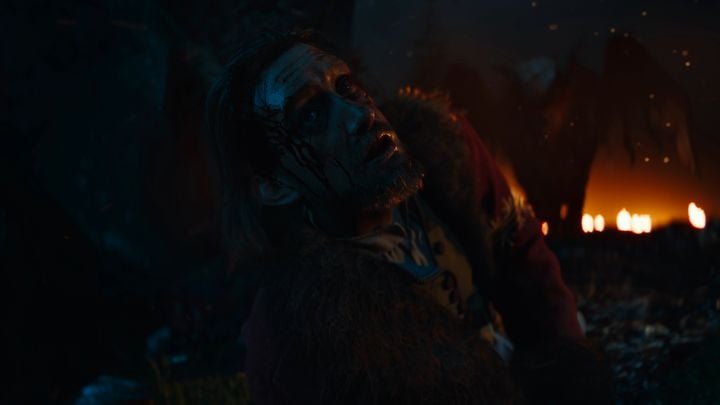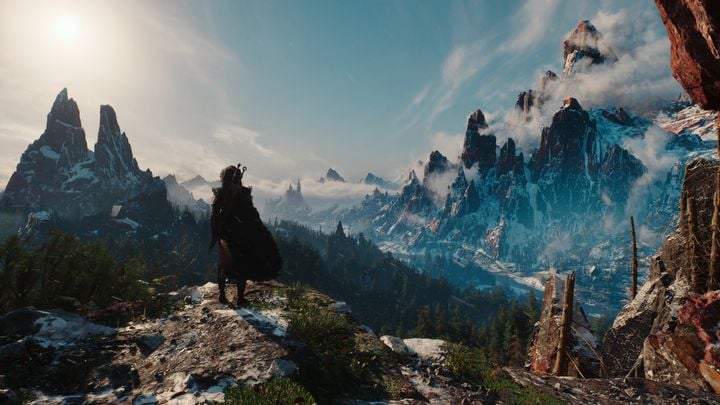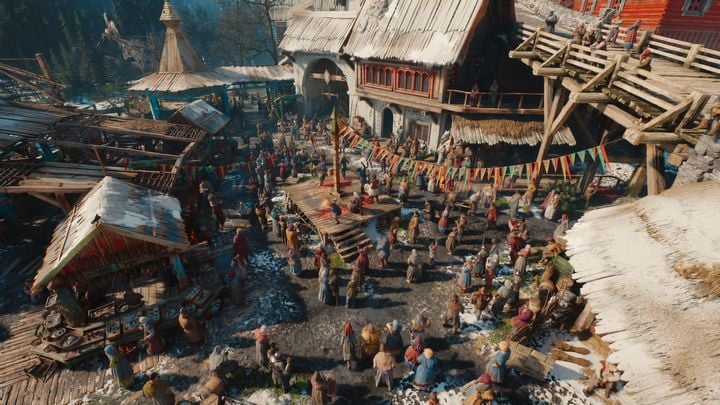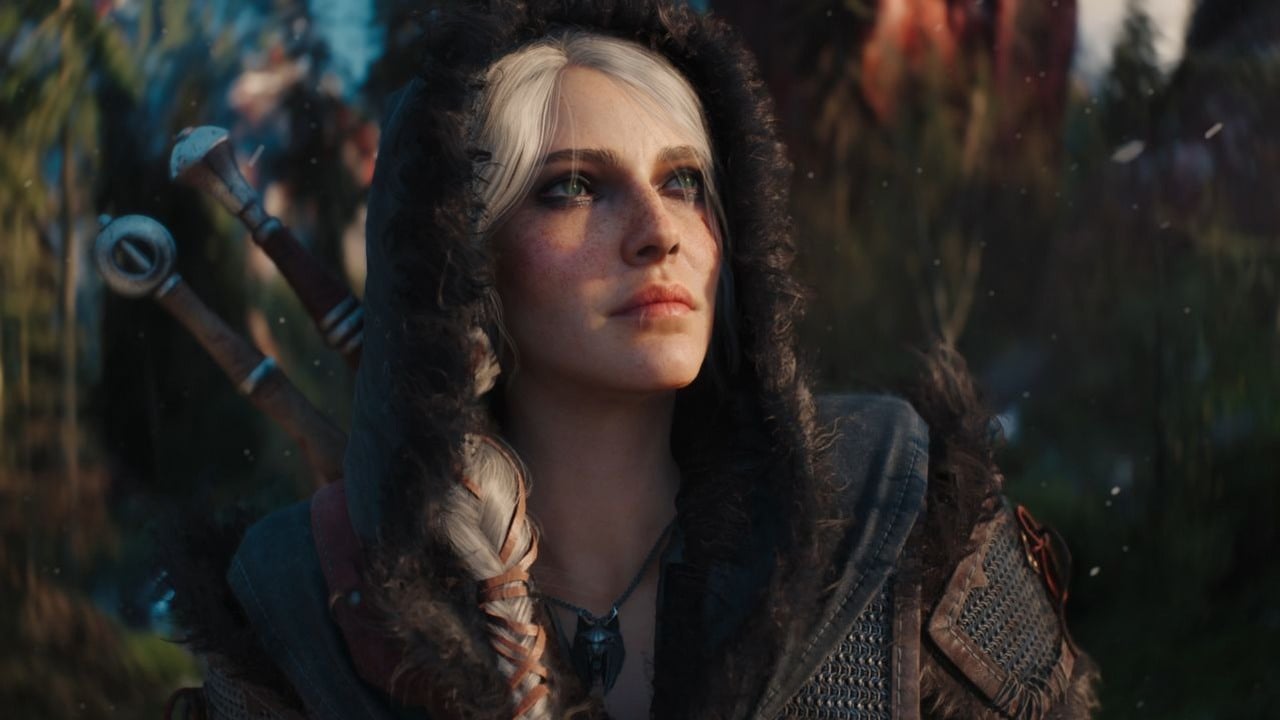CD Projekt Red unveiled a technical demonstration during the State of Unreal event, highlighting their adaptation of Unreal Engine 5 for The Witcher 4. While earlier coverage shared the visual preview, this analysis centers on insights directly from the development team.
Transitioning from REDengine to Epic’s technology marks a strategic shift for the Polish studio. Their forthcoming titles, including The Witcher 4 and a Cyberpunk sequel, will utilize this foundation. Technical animator Julius Girbig provided exclusive commentary to GameStar, detailing the experimental systems behind the showcase.
As stated in their feature:
[Girbig] walked us through technical specifications and clarified the demo’s purpose – not a Witcher 4 preview per se, but a shared vision incorporating elements from the upcoming title.
CD Projekt Red clarifies that this demonstration illustrates developmental tools rather than gameplay content. The presentation aims to establish quality benchmarks for future open-world projects, particularly regarding console optimization.
Console-first demonstration philosophy
The live demo, operated via standard PlayStation 5 hardware (not enhanced systems), maintained 60 fps performance at upscaled 4K resolution. Leveraging Unreal Engine’s Temporal Super Resolution, the team achieved this using 900p base rendering scaled to 1440p.

Featured content centers on Ciri investigating a manticore attack in Kovir’s northern territories. This region’s implementation mirrors geographic features from prior franchise lore while introducing new environmental density compared to The Witcher 3’s plains.
Girbig demonstrated real-time character control within the tech demo environment, emphasizing Sony’s five-year-old hardware handling dynamic camera movement and scripted events simultaneously – all rendered live without prebaked sequences.
While the manticore encounter serves as a prototype scenario, core elements like character models, environmental assets, and creature designs directly reflect The Witcher 4’s development pipeline. Geographical accuracy remains fluid pending final implementation.

Assets derive from our production environment – characters, landscapes, and architectural elements all originate from The Witcher 4. While iterative changes are inevitable, this region’s cartography matches our in-development world map.
Engine-level innovations
The demonstration prioritized collaborative technological advancements with Epic Games, including:
- Fastgeo Streaming – Eliminates environment pop-in through optimized asset loading
- Custom Nanite Extensions – Voxel-based enhancements for dynamic light/shadow interactions with micro-detail geometry
- Real-Time Biomechanics – ML-driven muscle simulation for creatures and contextual animation blending
- Emergent AI Ecosystems – Crowd behavior systems (Mass System) and environmental interactivity (Smart Objects) reducing script dependence
Jointly developed tools will become publicly accessible via Unreal Engine 5.6. Our workflow integration ensures these innovations directly benefit The Witcher 4’s production.
Addressing past challenges
CD Projekt Red acknowledges lessons learned from Cyberpunk 2077’s troubled launch, particularly regarding platform parity and optimization transparency.
Post-Cyberpunk refinements inform our current approach. We’re committed to delivering technical excellence across all platforms while maintaining narrative depth.

Positioning the demo as a “proof-of-concept milestone,” the studio aims to build confidence in their technical roadmap. While no release window is confirmed, development progress suggests a potential 2027 launch for The Witcher 4.

